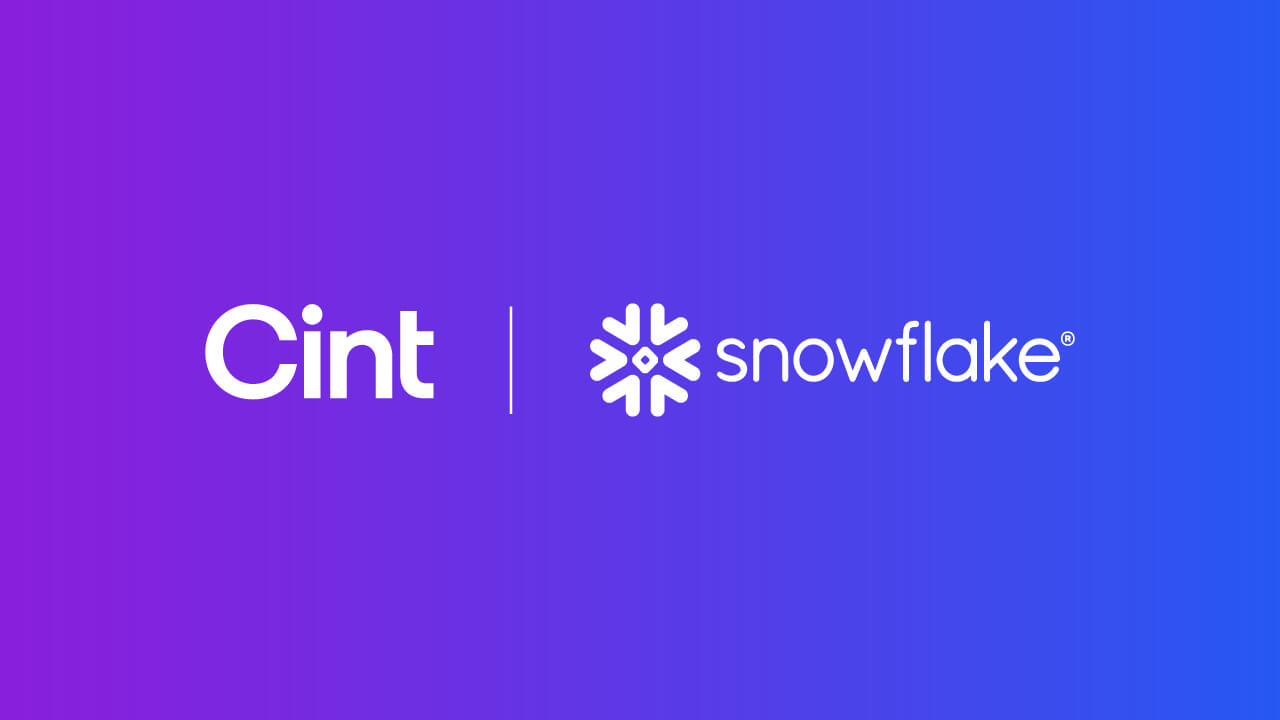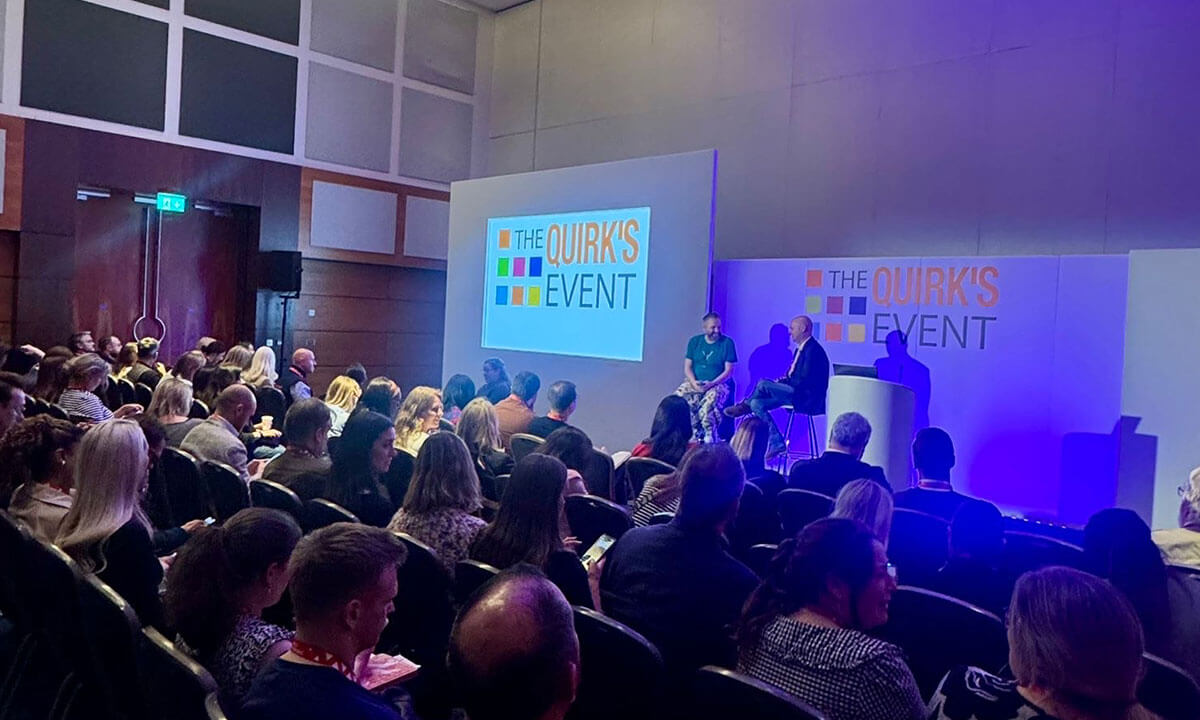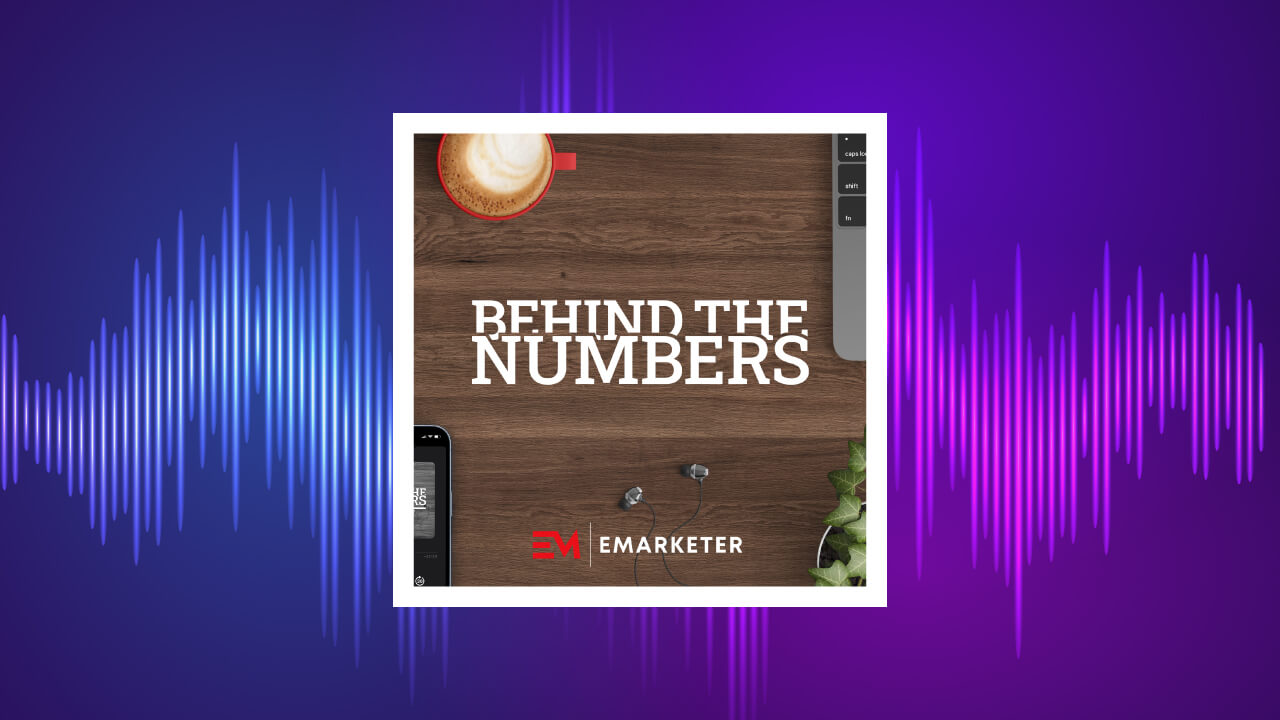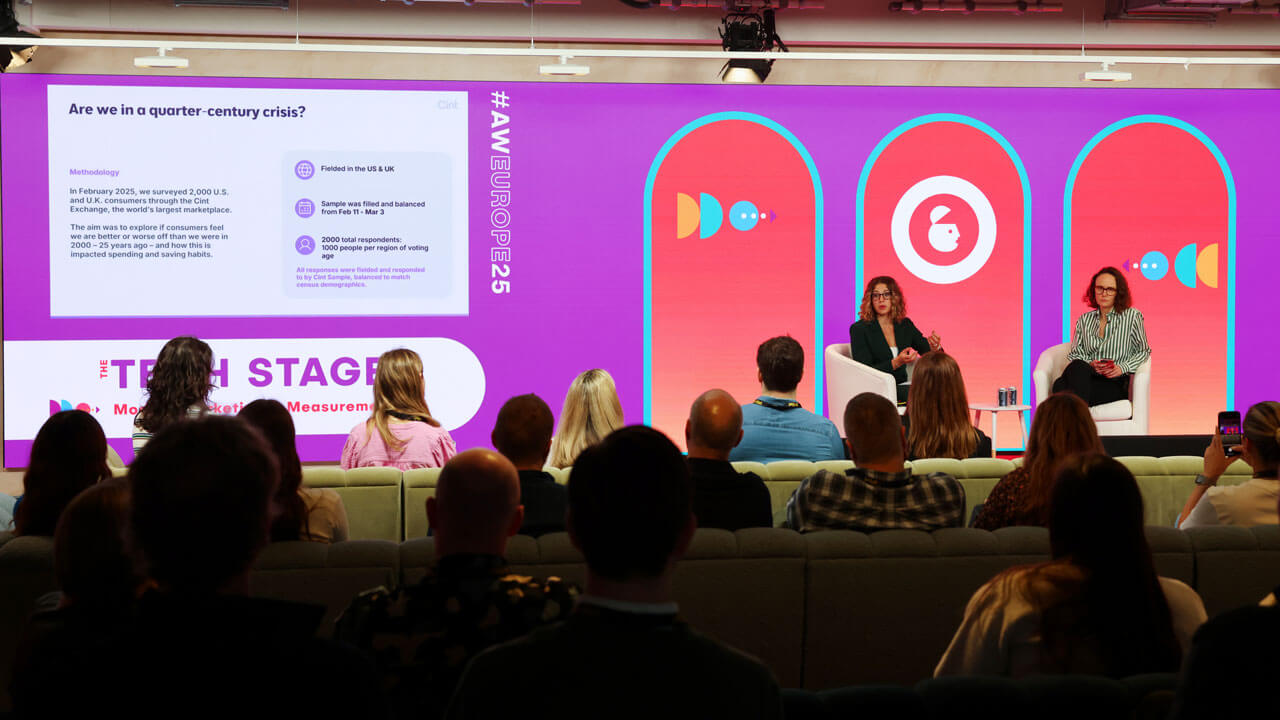Contents
Categories
 Whether you’re considering expanding into other markets or developing a new marketing plan, identifying the audience most likely to purchase your products will lead you to greater success overall. However, finding the right audience to target can be challenging. After all, to sell your product to a customer, your offering must fulfill a need.
How do you determine your audience’s needs? Use surveys to help you better understand how your customers decide on purchases and interact with your brand. Follow this guide to see how to use surveys to find your target audience.
Whether you’re considering expanding into other markets or developing a new marketing plan, identifying the audience most likely to purchase your products will lead you to greater success overall. However, finding the right audience to target can be challenging. After all, to sell your product to a customer, your offering must fulfill a need.
How do you determine your audience’s needs? Use surveys to help you better understand how your customers decide on purchases and interact with your brand. Follow this guide to see how to use surveys to find your target audience.
The benefits of understanding your audience
Learning more about your audience helps inform more significant decisions for your business that lead to increased revenue, as these are the customers who are more likely to buy your product. In fact, companies that focus more time on their customers are 60% more profitable. Here are a few areas where understanding your audience can help your business:Focusing your marketing efforts: Make the most out of your marketing budget by targeting specific groups with your marketing campaigns. For example, you could try selling your new line of fashionable dog collars to every person in the United States. However, the advertising prices would eclipse any profit you could make. Additionally, of all the people in the United States, many of them might own a cat instead or have little interest in making their dogs look more fashionable. If you specifically target trendy dog owners, you’ll reach the consumers most likely to buy your product.
Developing new products: Learning about what motivates your audience to buy can help you find ways to improve your product offering. Collect data such as your audience’s spending habits, the challenges they face related to your offering or additional features they’re looking for in a new product. Then, you can improve existing products or develop new ones to satisfy the audience’s needs.
Improving your business strategy: Depending on your methods for getting to know your audience, you can even learn how they decide which businesses to purchase from. Use this information to rethink how you present your company, handle customer service, retain existing customers and more.
How surveys can help you understand your audience
The best way to get to know your audience is by asking them directly — surveys provide businesses with an easy way to quickly gather consumer information from a large chunk of their target audience. Use surveys to gather a variety of data, allowing you to see patterns in preferences relating to gender, income, hobbies and other demographic indicators. Utilizing surveys to identify your target audience is also beneficial for quantitative market research. For example, question formats like multiple choice, “yes or no” questions and Likert scales are easy to analyze, allowing you to quickly find common patterns among respondents. Additionally, open-ended questions can help understand consumer preferences, although reading and interpreting written responses takes longer. Keep in mind that surveys work the best when the questions account for all possible responses. Biases in questions can skew answers, resulting in inaccurate or incomplete data. For example, suppose you want to know your audience’s favorite colors, and you create a survey that includes all the basic colors except for yellow. In that case, some respondents will need to provide an inaccurate response to complete the survey. A well-designed survey will gather consumer opinions with minimal interference in the final results.
How to create a survey to find your niche audience
Using surveys to find your target audience requires some thought, especially if you want to make the most out of them. Every question asked should grant you some insight into your audience and their purchasing behaviors. Follow these guidelines when creating your surveys to ensure they’re effective:Send the right amount of surveys
Many targeted audience groups can consist of thousands to hundreds of thousands of people. While it’d be nice to know all their opinions at once, surveying 100% of any audience is impractical and impossible. Thankfully, you only need to survey a small portion of the total audience (a sample) to understand the audience as a whole. The amount of responses you need to approximate the population’s opinions depends on the audience size and the margin of error you can afford, which is a percentage above and below the data you collect in your surveys that estimates the wider audience’s response. For example, suppose your survey found that 60% of people love hamburgers, and you have a margin of error of 5%. In that case, you could reasonably estimate that between 55% and 65% of people across the wider audience love hamburgers, as well.Ask qualifying questions
There may be some participants within your survey group whose answers do little to help you learn more about your niche audience. To ensure the data you collect is as relevant as possible, you should ask qualifying questions in the survey. Qualifying/screener questions lets you know which survey data you can keep and which you should discard. For example, if you sell vinyl records, you can ask respondents how they listen to music. If some participants say they prefer a digital experience, they’re much less likely to have any interest in vinyl records, and you can opt not to use them for your study. A good practice for introducing qualifying questions is to place them near the beginning of a survey. Starting with qualifying questions is courteous to the participant because they can finish the survey early without spending time on irrelevant questions. In some cases, even if only a few questions apply to the participant, you can program surveys so that specific answers to qualifying questions allow the participant to skip ahead to the relevant questions.Ask behavioral questions
Try asking behavioral questions to learn how and why customers would purchase your product. Consider finding the answers to these questions through your survey:- What do you value in a product?
- What compels you to make a purchase?
- Where and how do you buy products?
- Which brands are you currently using?
- Are you satisfied with your current products?
- What are your biggest challenges when deciding what product to buy?
- How often do you use or buy a product?
- How do you decide which brand to choose?
Ask demographic questions
These questions allow you to find patterns based on aspects of a consumer’s life. While they may seem unrelated at first, comparing demographic data to behavioral data can reveal interesting patterns in certain groups of people. Through sets of demographic patterns, you can find which audience to target in your marketing efforts and determine the best ways to interact with them. Here are some of the best demographic questions to ask in a survey:- What’s your gender?
- What’s your age?
- Where do you live?
- What’s the highest level of education you’ve completed?
- What’s your marital status?
- What’s your annual household income?
- What’s your employment status?
- Which of the following ethnicities best describes you?
- What industry do you work in?
- What’s your business’s annual revenue?
- What’s your annual marketing budget?
- How many employees do you have?
- How many customers do you have?
Find Your Niche Audience With Cint
Cint makes finding survey respondents simple. We connect with trusted sample providers so businesses can quickly find answers to their survey questions. With more than 437 million unique respondents and 135 billion questions answered, Cint has helped hundreds of global brands gauge their audiences’ opinions. Contact Cint today to discover the best ways to connect with your niche audience!



































































































